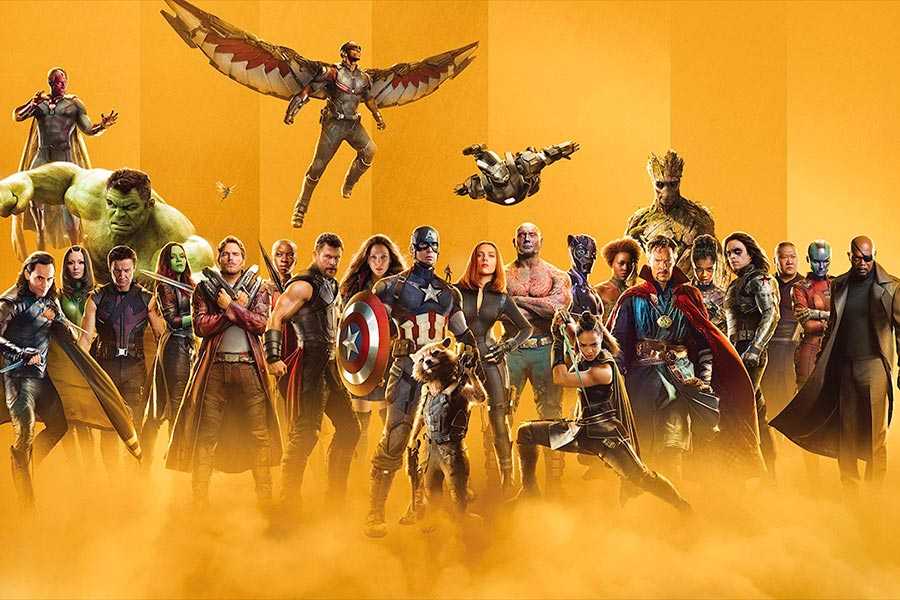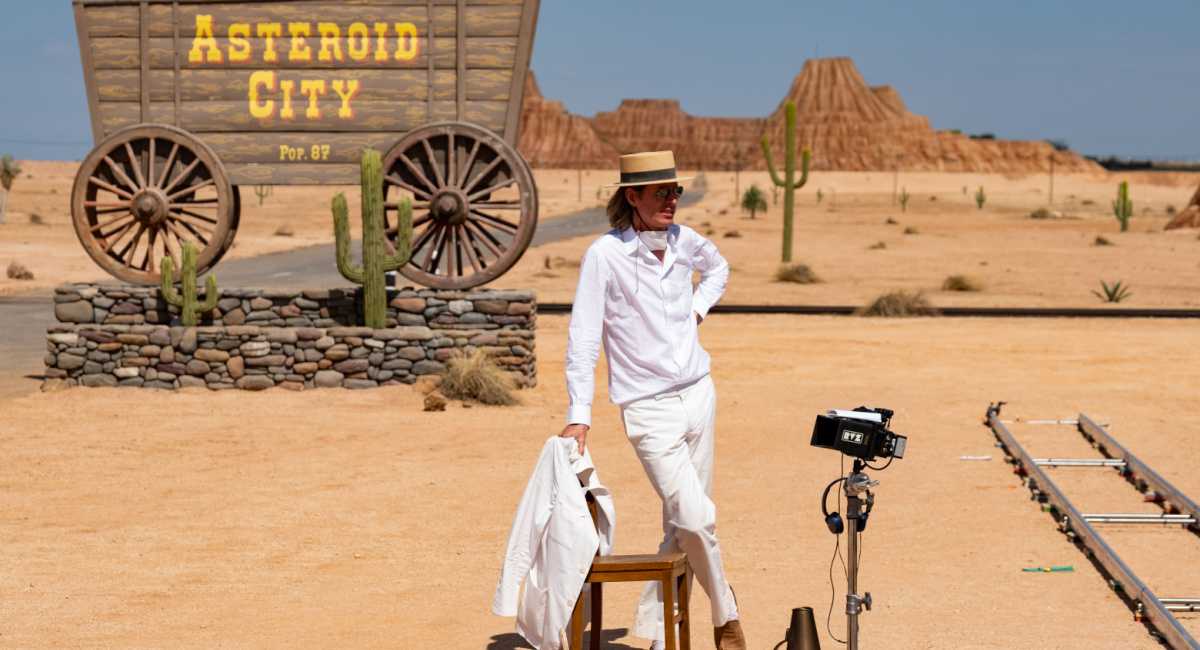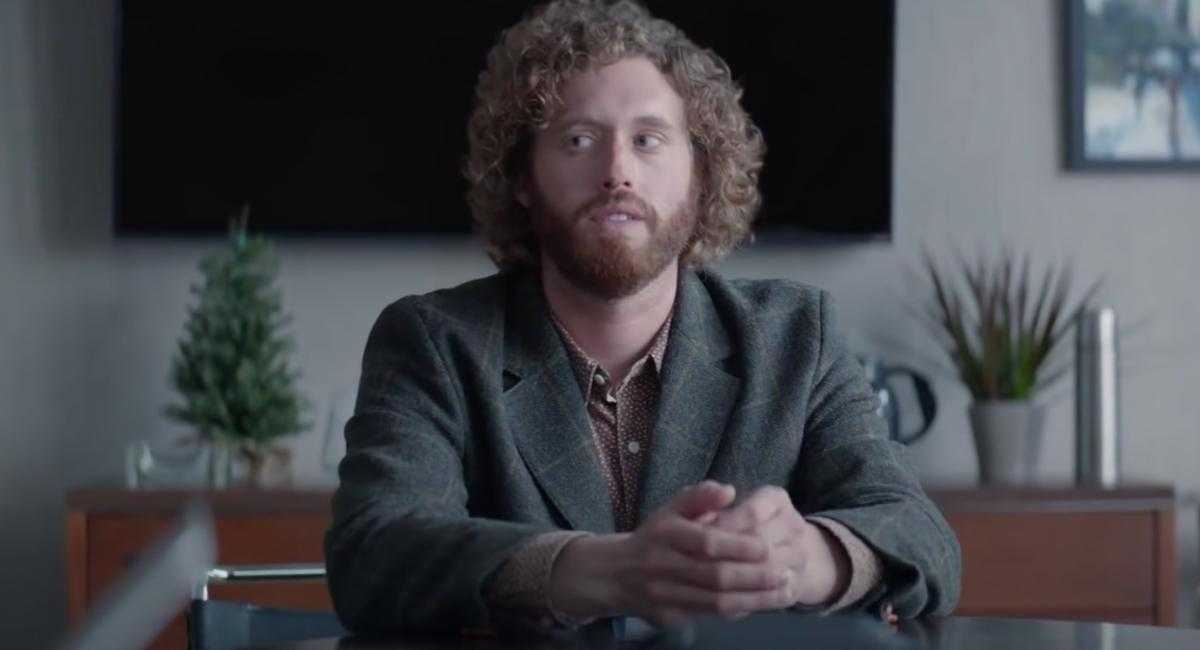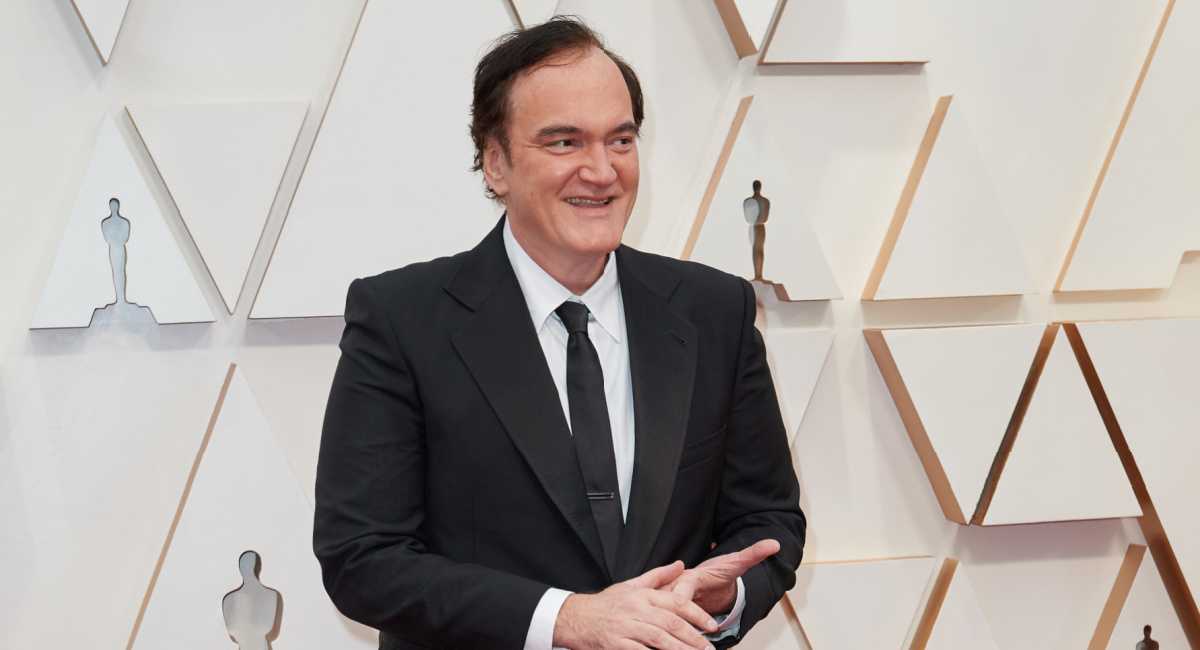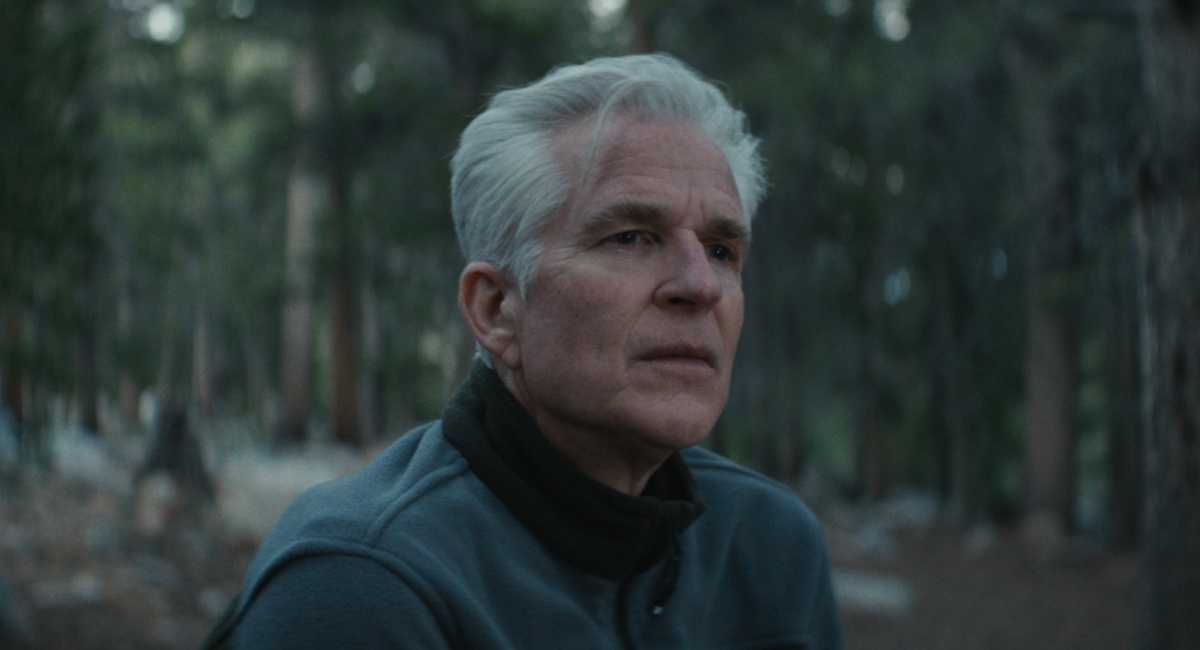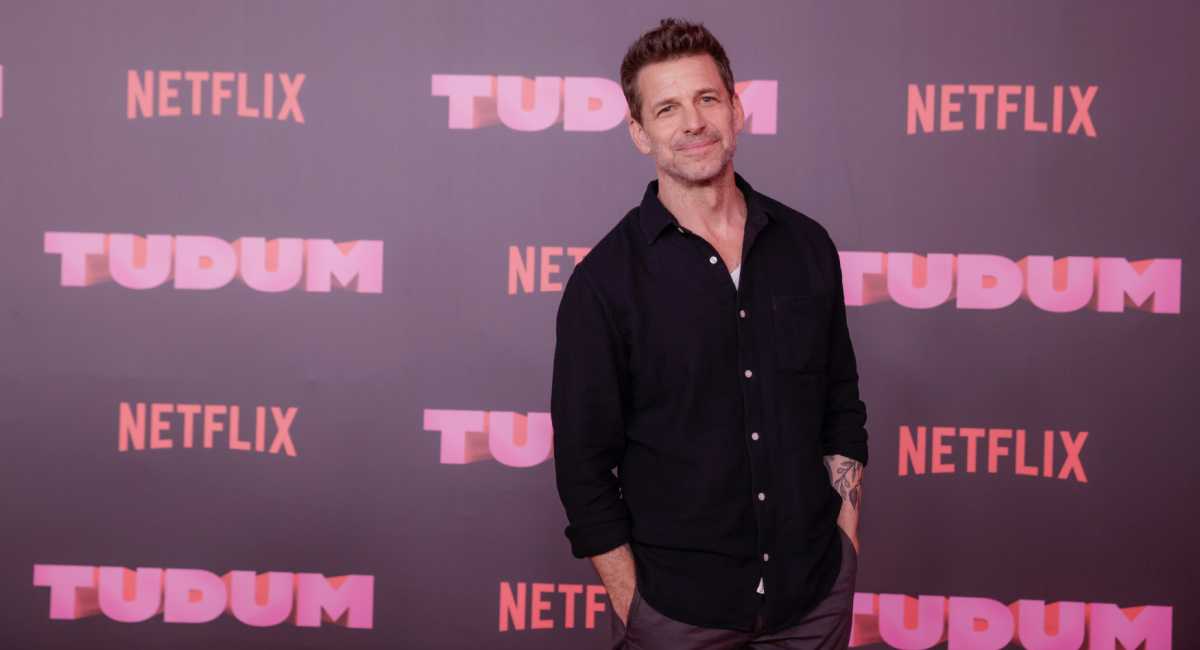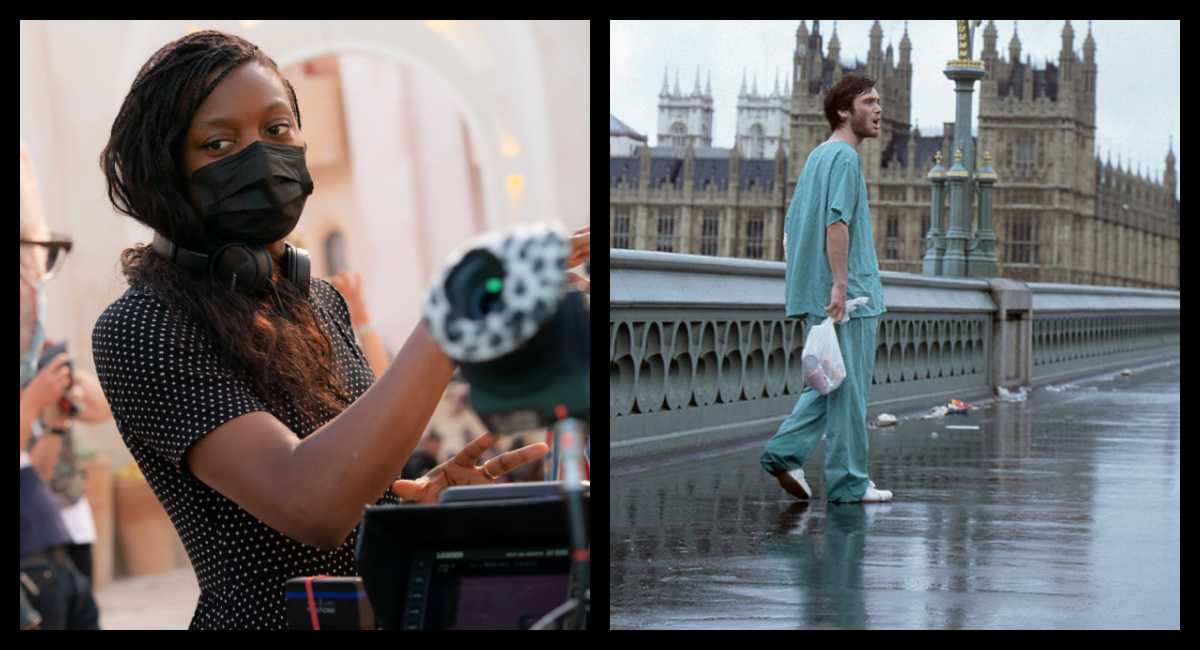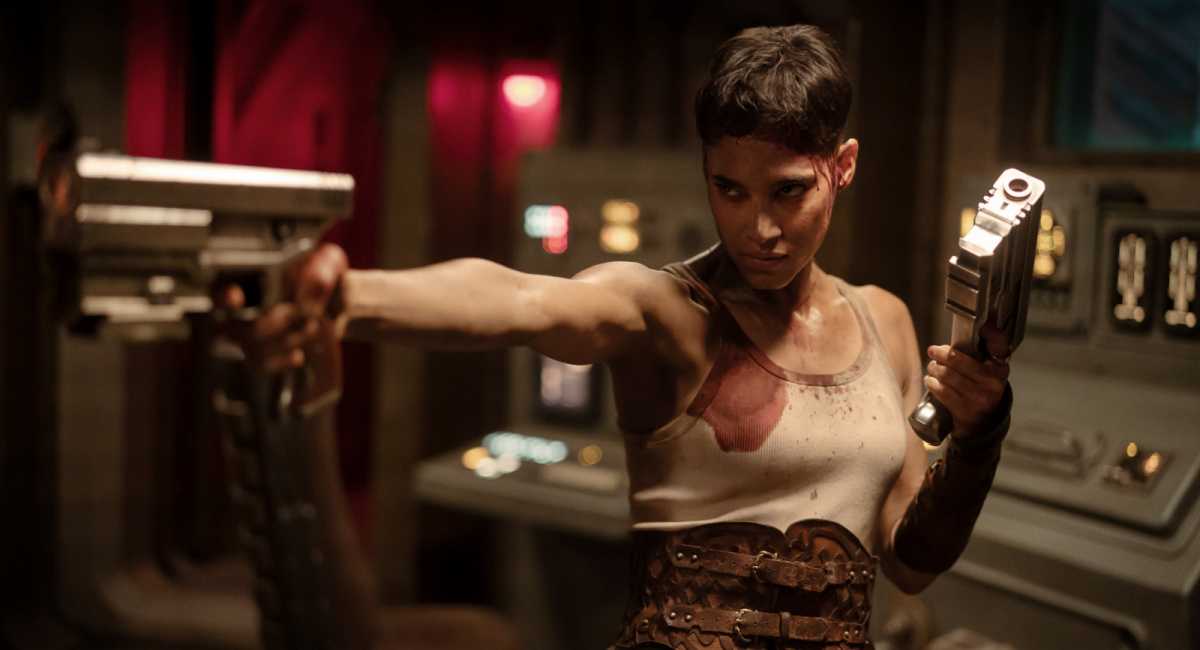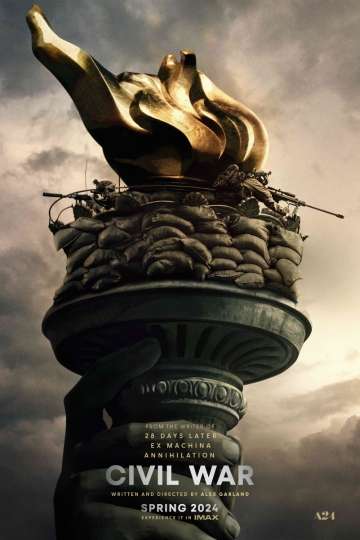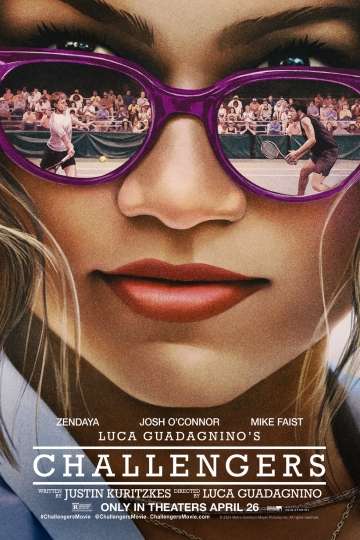'Born in China' Producer Roy Conli on Adding to Disney's Legacy of Nature Films and Choosing John Krasinksi
It's easy to forget, but Walt Disney invented the nature documentary. With this series of films, which began in December 1948, he gave the world a first-hand glimpse of creatures and places that they had never seen before. He breathed storytelling life into what could have been a rather mundane affair and forever changed the course of documentaries and the way we document and preserve the natural world.
Thankfully, Disney has been continuing that tradition with their amazing Disneynature films. These films, usually released every year around Earth Day, do a beautiful job of capturing the spirit of Walt's earlier films while pushing the format further than it ever has before, by offering intimate glimpses of some of the world's most arresting animals. ("Bears" is a personal favorite.)
This year's entry, the gorgeous and meditative "Born in China," is one of the very best nature documentaries in the history of the company. So it was a thrill to sit down with Roy Conli, a producer who made a similar trajectory as Walt, moving from animation (he produced "Big Hero 6" and "Tangled") to the nature documentary. While sitting in Disney's Animal Kingdom at Walt Disney World, we talked about shaping the story of these animals, if the transition from animation to documentary was difficult, and why they chose John Krasinski to narrate the film.
Moviefone: Disney has this amazing history, because Walt created the nature documentary. Did you watch those growing up?
Roy Conli: I was a boy of the '60s. I remember seeing the original "True-Life Adventures" that Walt did. I think he did them from '48 to '61. I think he produced 13 and won eight Academy Awards. I was a young man growing up in the suburbs of Los Angeles and had very limited exposure to wildlife let alone the exotic regions of the world. To me, that was my introduction. Those films were repurposed. They were turned into episodes of "The Wonderful World of Disney" ...
They became educational films.
Right, they were educational films. So that was my introduction. To be able to now be able to give back to that legacy is really cool.
Walt obviously had this history of going from animation to these documentaries. You made the same move. Was that transition easy for you?
Surprisingly. Because I've thought about this a lot -- when you look at animation, you start from whole cloth. And when you start on these nature films, you start with imagery. Then you move back to the middle to find your story. So, in a weird way I liken the animation process as a painting, where you start with a blank canvas and build up. And I think of these as a sculpture, where you start with a block of wood or stone and you carve away and finally find what that story is. Eventually you end up with something that will hopefully touch people's hearts.There are some unique challenges to this that are specific to Disneynature films. Walt always talked about giving them personality but not too much personality. Can you talk about honing in on what you wanted to emphasize?
We always talked about the anthropomorphization of these characters. You want to be careful to not anthropomorphize too much. But at the same time, as you study animals and you actually get into their existence, we are not that different than animals. Essentially, they have an emotional structure, they have a survival structure, they have a structure of enjoyment. Anyone who has a dog knows that dog feels shame, feels joy, feels mad, they mimic us in so many ways. So I don't get too worried about anthropomorphizing. But, at the same time, I want to make sure we're not necessarily asserting what they're thinking, just alerting audiences to what they're probably thinking.
Looking at what I'm assuming is dozens of hours ...
400 hours. 400 plus.
Wow. So immediately do you go, "This tiger hurting it's paw is something." Are these things apparent to you when you watch the footage?
Well, they evolve. It's totally an evolution. We have cinematographers out in the field and those are the guys who are the true heroes. These are the guys who are not only masterful animal behaviorists but are also master cinematographers who are shooting some of the most amazing footage in the world. They're out in the field, they're filming and they're sending back with their rushes journals of what they're noticing. So we get that and after about three or four drops of film, you start shaping stuff in editorial and start to understand what the storyline will be. But obviously storylines completely change because you don't know what the behavior is or what's going on.
The biggest left turn we took on this was the monkey story. Initially, we were going to tell the story of the mother and the birth of the little baby. This is a common thing we do in Disney films. And in this particular one, the director was seeing the brother get pushed aside and pushed away and we said, "That's the story we want to tell." The director had a younger brother, I had a younger brother, and we were all talking about how when the baby comes into the family, you all of a sudden feel like a second-class citizen. It was [director] Lu Chuan who developed that thesis and it was absolutely brilliant.
Is there a dialogue with the team in the field? Like, if you notice something happening and can say, "Hey, go focus on that"?
Our cinematographers sent essentially six seasons but they're moving in and out in 90-day units because they have journalistic visas that allow them in for 90 days and then they have to go out and reenter. So we have a connection with the field teams through my colleagues Brian Leith and Phil Chapman. They're in contact always. So as things are evolving, we can tell them what to follow.
Another thing that is interesting is that Chuan had a child during production. He was having a really hard time with the panda story. He looks for high drama in each of his sequences. And the story of the panda and the cub is really a tender, soft story where not a lot of stuff happens. But then he had a baby and he clicked into what that mother was going through and what it really means between parent and child. I think it turned that story into a great counterpoint to the other stories in the film.
Chuan and I became really good friends during this, and I saw Chuan grow as a human being as a result of this film. And he'll admit that! That somehow this film touched his heart in a way that he didn't expect.
Was the structure of it being the seasons always a part of it?
We knew that we were going to keep them in for about a year and a half. So we knew that it would go through these six seasons. It's easy, when you're structuring a film and you're structuring a narrative, seasons can be very helpful because you have time progression and you have growth. You can tag that growth to seasons. Initially we thought, Is there a way to tell this story and jump around from season to season? But we found that the kind of organizing principle really helped us in terms of arcing each storyline and tying them together. There's a film by Marcel Carne called "Children of Paradise" and it's this amazing film that tells maybe eight different storylines that interweave with one another. I love that type of storytelling. So does Chuan. So to be able to weave these stories together was really important to us. And that time and seasonal factor really helped us do that.
Disneynature movies always have great narrators. What is the process like in terms of finding narrators and how did you land on John Krasinski?
I do a lot of vocal work in animation so I'm very attuned to peoples' voices. I had heard his E-surance commercial and thought, His phrasing is phenomenal and his storytelling within those little 30 second commercials was so succinct and had an edge of humor but a depth of sincerity. So I said, "Let's go look at John Krasinski." I pulled up this thing on the internet where he was on a radio show in Britain and they gave him random things to read and asked him to do it in different emotional ranges. So he reads how to build a water pump and makes it tragic. And he was so good. I said, "He's got to do this." There's also a genuineness to him and it turns out he is one of the nicest guys in the world and really cares about the environment. So he became a great advocate for us. He's one of the busiest guys in Hollywood right now but he took the time to actually sell the movie when it came out. He's a standup guy.
"Born in China" hits Blu-ray, Digital HD and Disney Movies Anywhere on August 29.
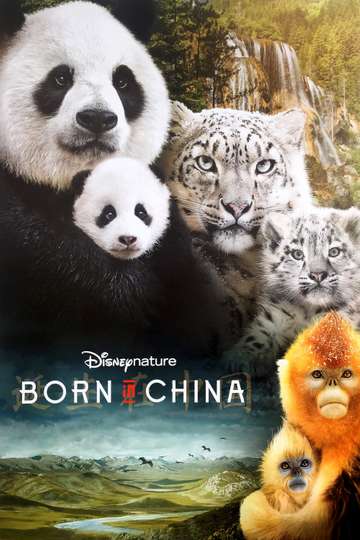
Born in China
Venturing into the wilds of China, "Born in China" captures intimate moments with a panda bear and her growing cub, a young golden monkey who feels displaced by... Read the Plot



